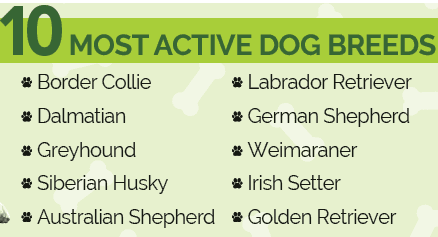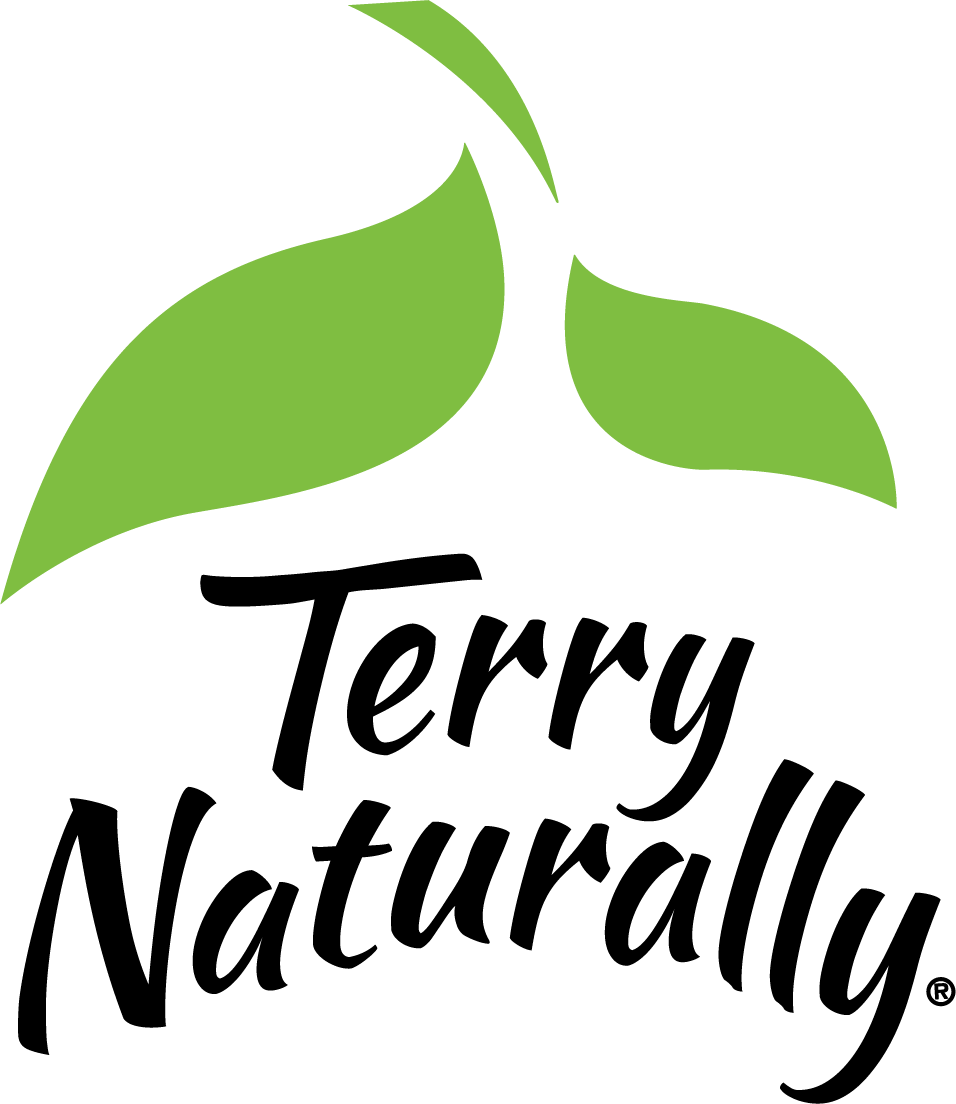For many people and their canine companions, going on a walk or a run is the highlight of every day. Like us, dogs need the right nutrients to keep their joints strong and stay active.
Nutrients for Flexible, Healthy, and Strong Joints
Glucosamine and Chondroitin
Glucosamine and chondroitin are popular supplemental nutrients for dogs, whether they suffer from acute pain from a day at the dog park or are developing a chronic issue like arthritis. Glucosamine and chondroitin are typically paired because their actions support each other so well.
Glucosamine is a natural compound in cartilage. As a treatment for osteoarthritis and rheumatoid arthritis, it helps rebuild cushioning, shock-absorbing structures in joints, and relieves pain as well. For younger dogs, it can help them remain active by managing collagen production, helping create one of the building blocks of flexible, strong joints.
Chondroitin sulfate is a glycosaminoglycan (often shortened to GAG) which makes up cartilage, connective tissue, bone, and skin. It helps extend the life and activity of cartilage producing cells called chondrocytes and reduces inflammation, while strengthening load-bearing subchondral bones in the joints that sit just under the cartilage. Chondroitin also inhibits enzymes that would otherwise damage cartilage and destroy joint fluid. For any active dog, chondroitin is a critical daily nutrient. The sooner you start giving this to your dog, the faster it can help – there’s no need to wait until they are showing signs of pain or stiffness.
A clinical study illustrates how valuable these two compounds can be. Dogs with mild arthritis were provided with either a placebo, glucosamine and chondroitin, type II collagen, or a combination of glucosamine, chondroitin, and type II collagen.
By the end of the 150-day study, the glucosamine and chondroitin group showed a marked improvement in the strength of a dog’s step while walking. Compared to baseline scores, pain decreased by 51 percent overall and by 43 percent after exercise. Interestingly, the dogs taking only type II collagen also showed reduced pain at the end of the study period but did not have an increase in mobility.
Type II Collagen
Type II collagen makes up to 90 percent of the collagen in the articular cartilage in joints, so it’s an incredibly critical component.
Supplemental type II collagen can assist the chondrocytes, the cartilage producing cells in the joints, to create more collagen while also providing more supportive raw material to keep hips, knees, and the spine strong and flexible. Numerous clinical veterinary and human studies show the benefits of type II collagen in reducing joint pain and improving mobility.
In one clinical veterinary study, a nutrient combination including type II collagen reduced indicators of pain and improved the ability of dogs with osteoarthritis to rise to a standing position after lying down. If your dog is older, you know that getting on their feet after a nap can be a challenge for them, even if they look excited to go on a walk.
Hyaluronic Acid
Hyaluronic acid (HA) is another type of glycosaminoglycan. It is found throughout the body, but primarily in articular cartilage and synovial (joint) fluid. Hyaluronic acid adds to the spacing between joints, scavenges free radicals, and is critical for joint lubrication, shock absorption, and stability.
Deficiencies in HA can put dogs at risk of hip dysplasia and other joint disorders. One study found that the Australian Kelpie, an incredibly energetic herding dog, had naturally elevated levels of hyaluronic acid in their shoulder synovial fluid and hips compared to Alsatians (German Shepherds).
Including supplemental hyaluronic acid in your dog’s regimen may provide a bit more material for the joints to work with and help them literally bounce back from days of high exercise.
Boswellia
Boswellia (Boswellia serrata) has over 2500 years of use in classic Ayurvedic practice in India, and is well-known for strengthening joints, relieving pain, and maintaining mobility and flexibility, it works along pathways that many drugs and other powerful botanicals can’t match.
Boswellia is especially helpful for mobility because it tackles a pain-causing enzyme called 5-lipoxygenase, better known as “5-LOX,” that other powerful, pain-relieving botanicals and drugs struggle to defeat. This is critical, because left on its own, 5-LOX activates inflammatory leukotrienes and is a major factor in pain, the potential development of arthritis, and joint destruction.
Because boswellia directly inhibits 5-LOX and prevents the formation of leukotrienes, it stops the inflammation cascade from starting. So, it doesn’t just alleviate pain – it stops the cause of the pain and preserves your dog’s joints. Additionally, reducing 5-LOX activity may also help relieve your dog’s digestive or respiratory issues, so including boswellia in their daily regimen can provide many benefits.
And although botanical ingredients for joints typically tend to become more effective over time, you may notice a difference in your dog relatively quickly. In a multi-center, veterinary clinical trial, 71 percent of canines with chronic joint and spinal conditions saw noticeable results in just two weeks. They showed less joint stiffness, an improved gait, and reduced local pain at the joints. Over time, they showed better physical movement after exercise or right after rest–two key times when we might notice our own dogs looking really worn out after a regular walk or reluctant and struggling to get up from a nap.
I think your choice of boswellia is critical. The boswellia I prefer is standardized to provide enhanced levels of a compound called acetyl-11-keto-B-boswellic acid, best known by its abbreviation, “AKBA.” What I like about this boswellia extract is that it has naturally high levels of AKBA – the compound most associated with stopping 5-LOX activity – but it isn’t “spiked” with the compound. Plus, the boswellia extract I prefer also reduces levels of another component of boswellia called beta-boswellic acid (BBA), which can interfere with AKBA’s ability to reduce inflammation.

Staying Active is a Must
Staying active keeps us healthy in body and mind – canine and human. Going on a walk or getting to the dog park is an adventure your dog looks forward to, and I’m sure one that you truly enjoy. So consider starting a regimen of nutrients that support that activity today.
